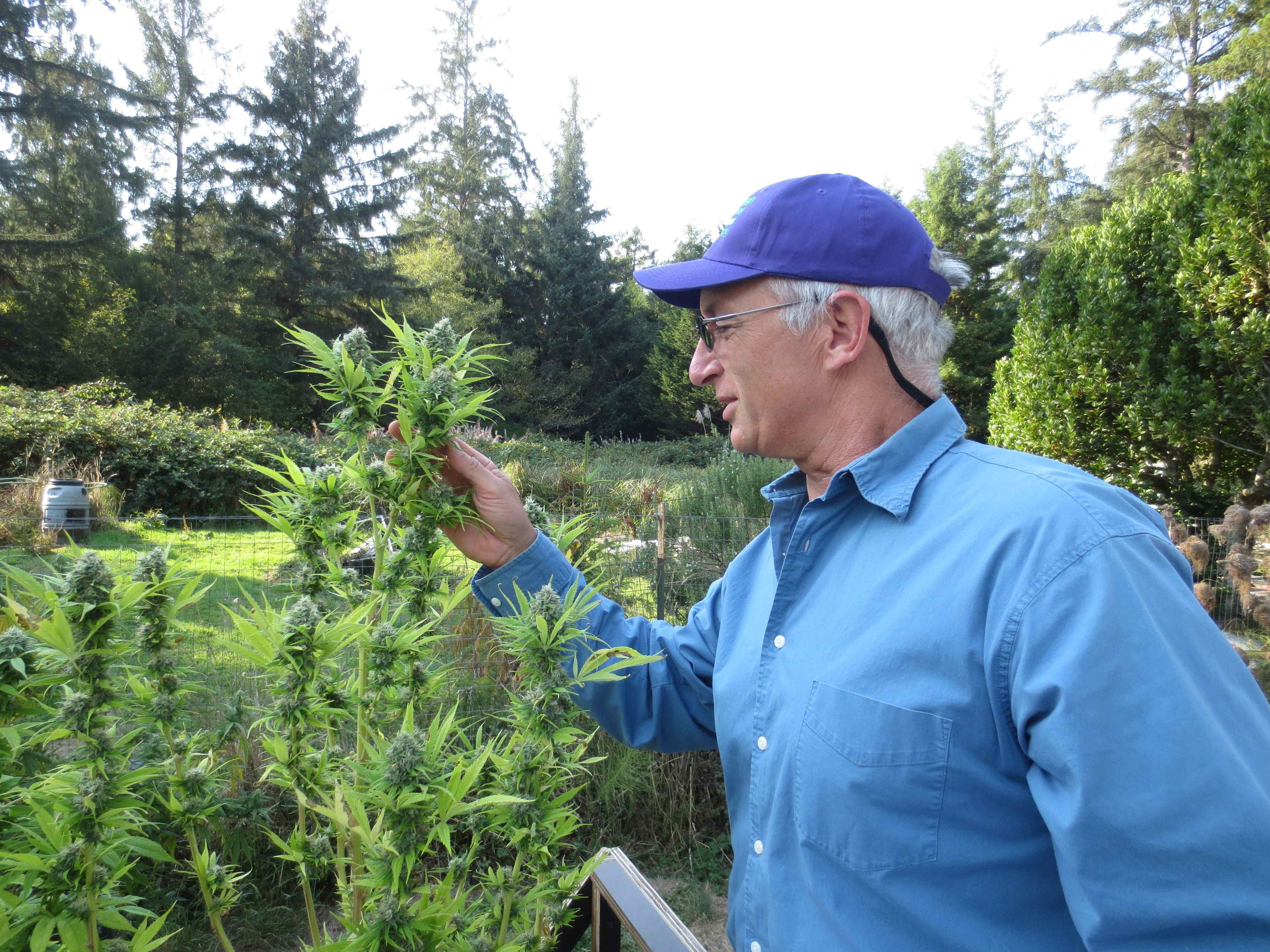

Indoor cannabis production is highly unsustainable, but using tools like efficient HVAC systems and LED lighting, cultivators can reduce their carbon footprint, increasing profit and environmental awareness.

Indoor cannabis production is highly unsustainable, but using tools like efficient HVAC systems and LED lighting, cultivators can reduce their carbon footprint, increasing profit and environmental awareness.

The implementation of enforceable, nationally uniform standards will be the largest foreseeable change to the cannabis industry and most likely those standards will mirror the food industry’s.

Price fluctuations, pesticide recalls, new states coming online and expanding lists of qualifying conditions are a few major trends we expect will continue in 2016.

Greenhouse-grown cannabis allows for the same controls as indoor growing, just more energy efficient, reducing cultivators’ carbon footprint.

Rules continue to get hammered out in Florida as regulators work to establish a robust regulatory model for legalizing medical cannabis.

Product diversity, great marketing strategies, sustainable growth and a strong licensing model positions the company well for expansion.

Manufacturers, growers and retailers alike need to perform pesticide testing to ensure patients and consumers are ingesting safe products.

Van Hook’s program examines all the inputs, including water and energy usage, nutrients, pesticides, and soil, along with inspecting the actual plants for agricultural vitality.

This event provided information for everyone along the spectrum, including beginner cultivators entering the space and veteran growers who have run legal operations for years.

Location can really make or break the success of any grow operation, and this is often the single largest cost incurred when launching this kind of business.